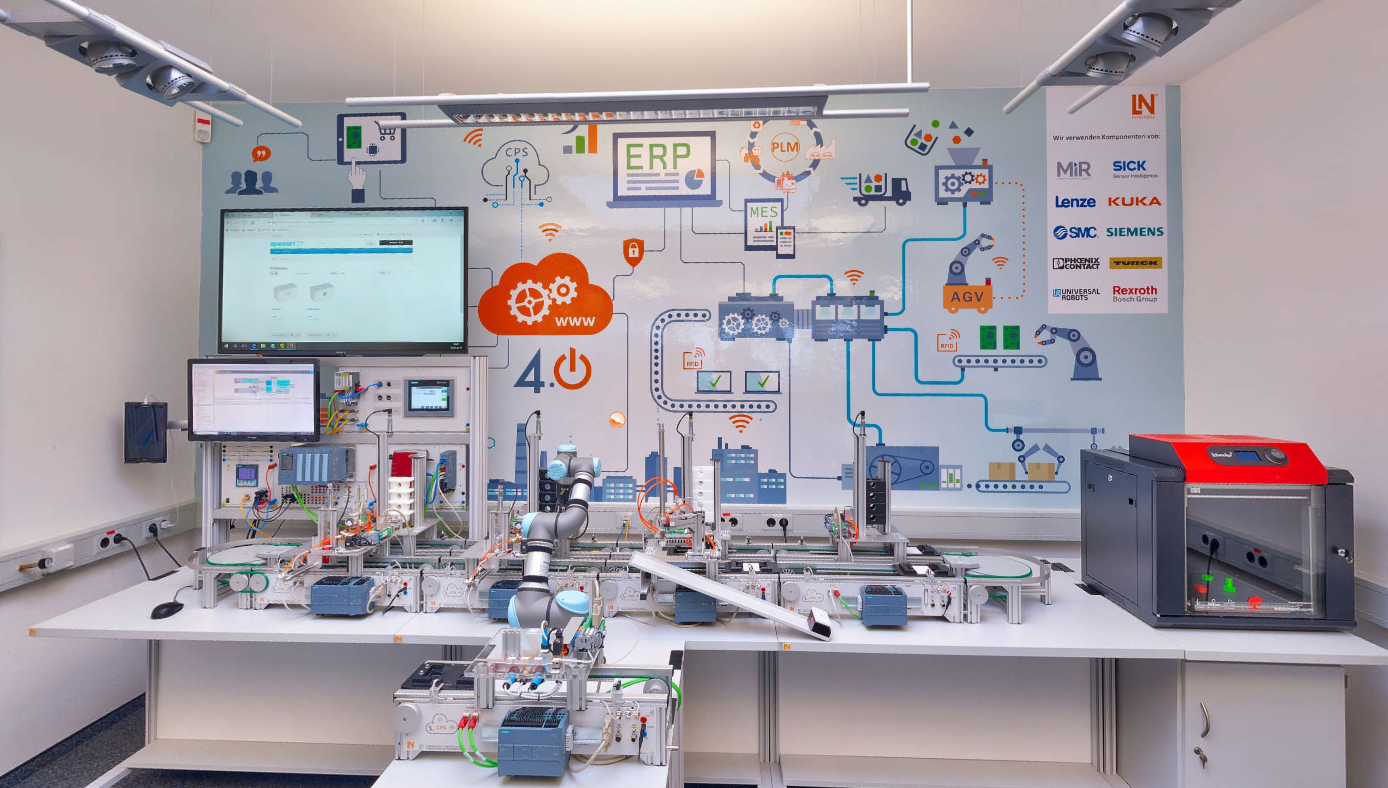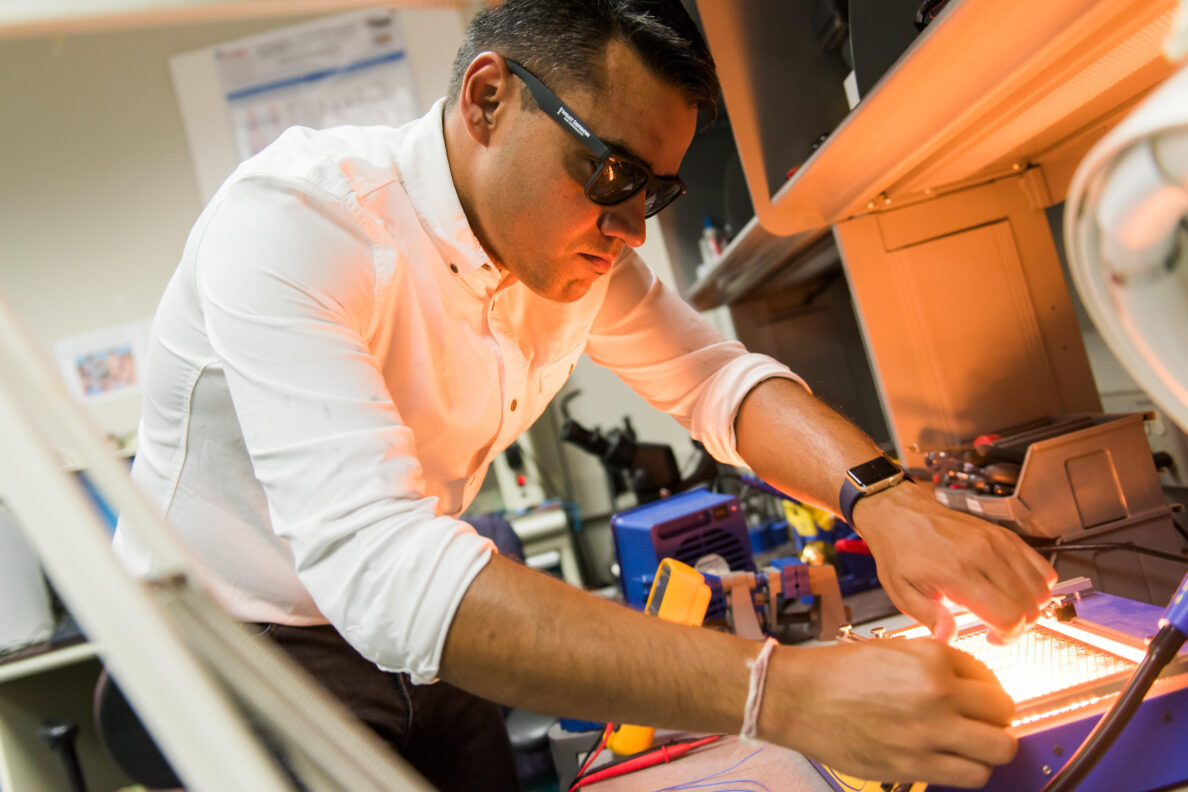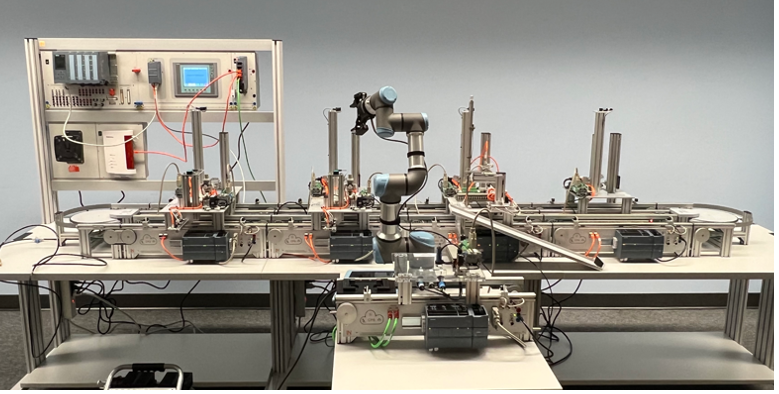Center for Research in Emergent Manufacturing (CREM) is a leader in Digital Manufacturing, Industry 4.0 research and training, Cybersecurity research and training, compliant cloud computing systems, creating cloud computing system, and creating digital enterprises for global supply chain.

Leader in Industry 4.0 Training and Research
Leader in Cybersecurity Training and Research
Leader in Digital Enterprise Technology
Leader in Digital Twinning Technology



